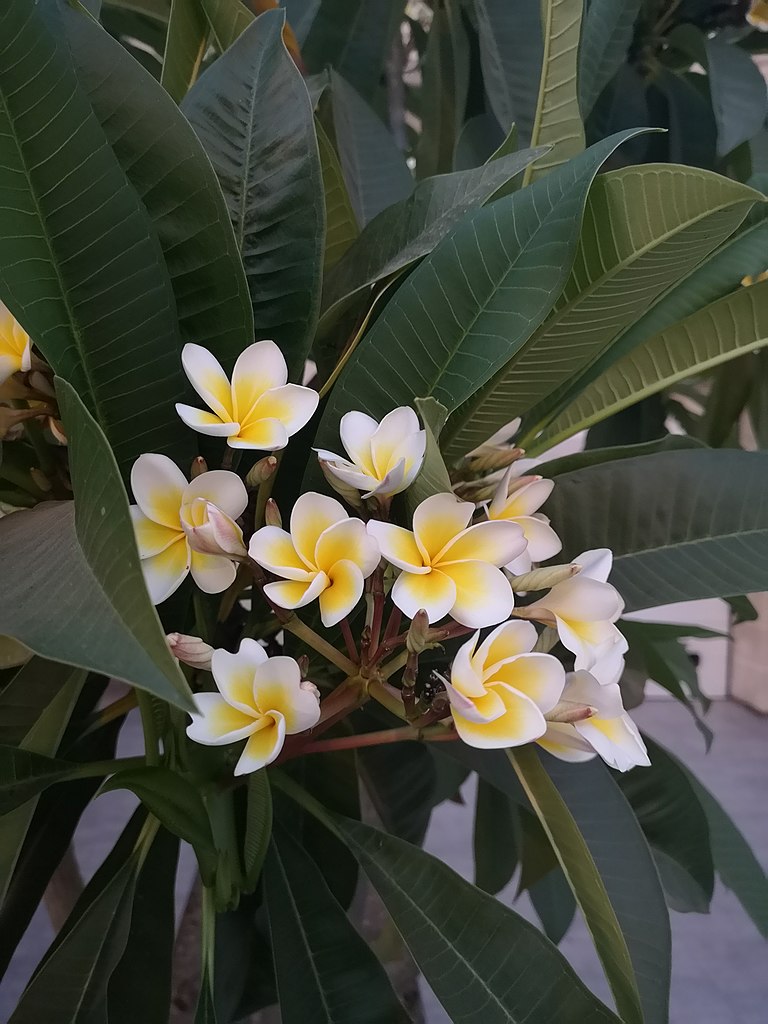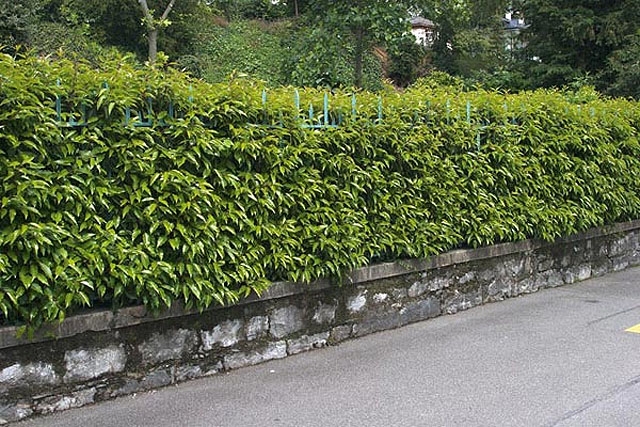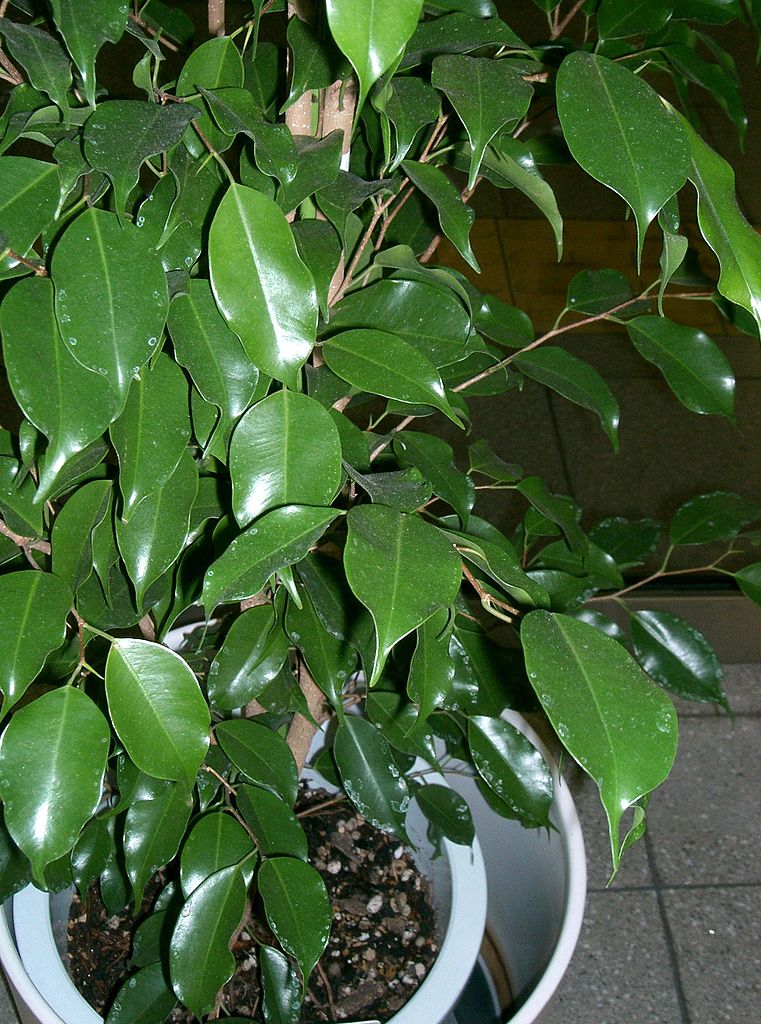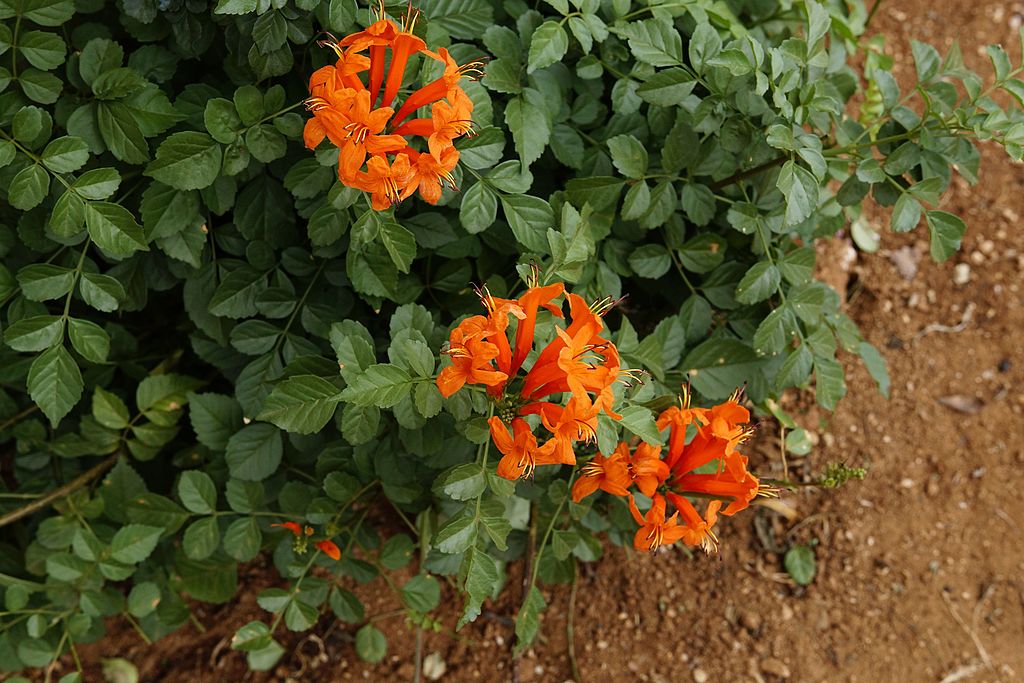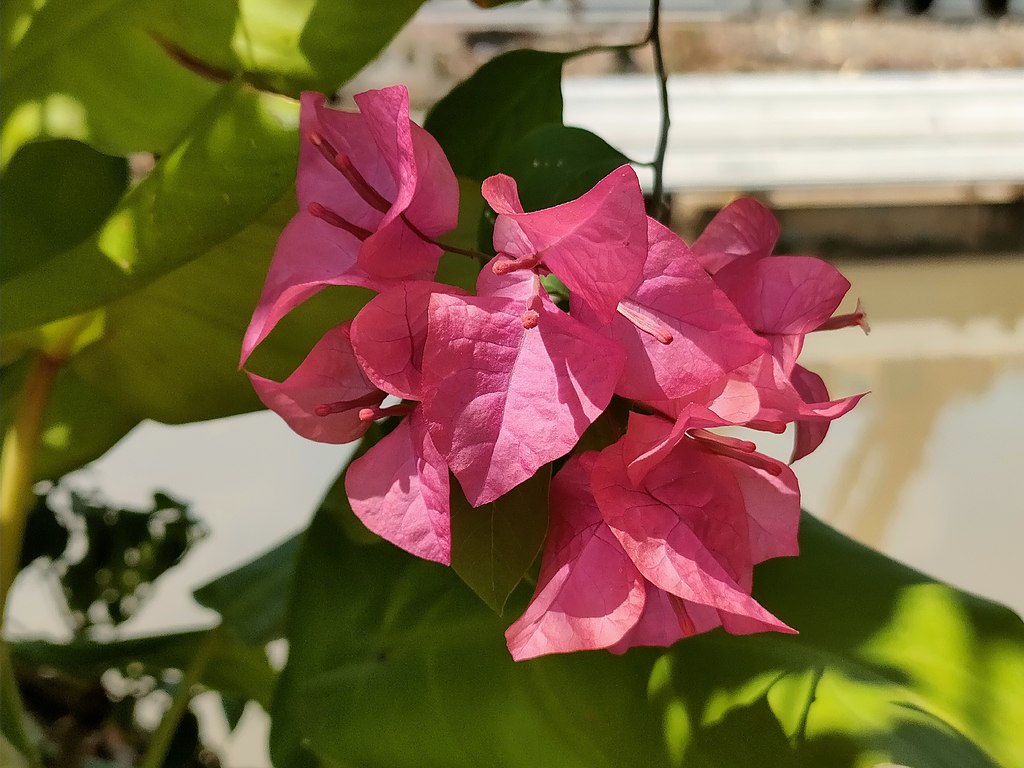Plumeria plants, which are also known as Frangipani and Lei flowers, are actually small trees that are native to tropical regions. The flowers of these beautiful plants are used in making traditional Hawaiian leis. They are highly fragrant and bloom freely from spring throughout fall in multiple colors like white, yellow, pink, and red. These flowers stand out nicely amid the large leaved foliage, which may be evergreen or deciduous, depending on the type.
The flower is called frangipani either because the perfume for the gloves was prepared using its petals or because the smell of this flower was similar to that used to make perfumed gloves. According to the aforementioned researcher Kathy Keeler, the smell of a flower reminded Europeans of the well-known perfumes of Frangipani.
Plumerias are often grown in the garden as an ornamental shrub or small tree, plumeria plants need to be grown in well-draining soil that is slightly acidic. They also need at least six hours of full sun.
As plumerias are tropical plants, the thrive in regions with warm climates like Southern Europe (eg Greece, Italy, Spain, Malta, France), Florida, Texas, California, Hawaiian Islands. You can also grow plumerias in colder regions like UK and Germany, but usually that is done as indoor plants.
How to take care of Plumerias
Plumeria care, for the most part, is minimal and are considered as an easy to grow plant.
Sun
They need full sun for at least six hours per day, but tolerate afternoon shade in regions that regularly reaches temperatures of 32 degrees Celsius or more.
Soil
Well-drained soil is a must, and a mix of sand, bark, and loam works best. Amend the site to include these and add one part aged manure as well, as they are also heavy feeders.
Water
Plumerias should be watered deeply when irrigated and then allowed to dry out some before watering again. Deep and infrequent watering is best, so watering should be done when the soil feels dry from spring through fall. It’s also important to increase watering slightly when plants are in bloom.
Reduce watering in mid fall and stop completely once the plants enter dormancy in winter. Resume regular watering as new growth appears in spring.
Fertilizing
Plumerias are heavy feeders. They need to be fertilized about every two to three weeks throughout their active growing season.
A high phosphate fertilizer, like 10-30-10 or 4-8-4, will help encourage blooms. Giving them too much nitrogen will only result in more foliage growth and less flowering.
Pruning
Plumerias may be pruned as needed, up to 31 centimeters from the ground in late winter or early spring (prior to new growth), however, any drastic or hard pruning done may reduce flowering.
Growing plumeria in pots
Growing plumeria plants in a pot is easy.
For start, select an at least 5 liters pot. Be prepared to transplant the plant to a larger container as the plant will grow.
Plumerias need well-drained soil with a slightly acidic pH (around 6.0 to 6.7).
To prepare a good soil mix for plumerias you can buy a citrus potting mix and add 2 parts perlite per 1 part soil.
Speaking of fertilizing your Plumeria, you will want to feed your Plumeria regularly during the growing season with a high-phosphorus liquid fertilizer.
A 10-30-10 NPK ratio works great, but you can also go with a similar ratio as needed.
Avoid having too much nitrogen, as this will cause your Plumeria to become leggy and reduce the number of blooms (which occur only on the tips of branches).
It is usually best to add the fertilizer soon after watering to reduce the risk of chemical burns.
Rooms with good southern exposure are ideal for growing plumeria in pots, although these plants can also grow under fluorescent lighting as long as they get 14 to 15 hours of exposure daily.
The spot you choose should be free of drafts and have an ambient temperature between 18 and 30 degrees Celsius.
Greek name: Πλουμέρια.
Sources: https://www.gardeningknowhow.com/ornamental/flowers/plumeria/growing-plumeria.htm, https://thenewgreece.com/en/interesting/strange-name-plumeria-frangipani/, https://gardenerspath.com/plants/flowers/grow-plumeria/, https://plantcaretoday.com/growing-plumeria-pots.html, https://www.valentine.gr/plumeria_gr.php
Tags: ORNAMENTAL PLANTS

